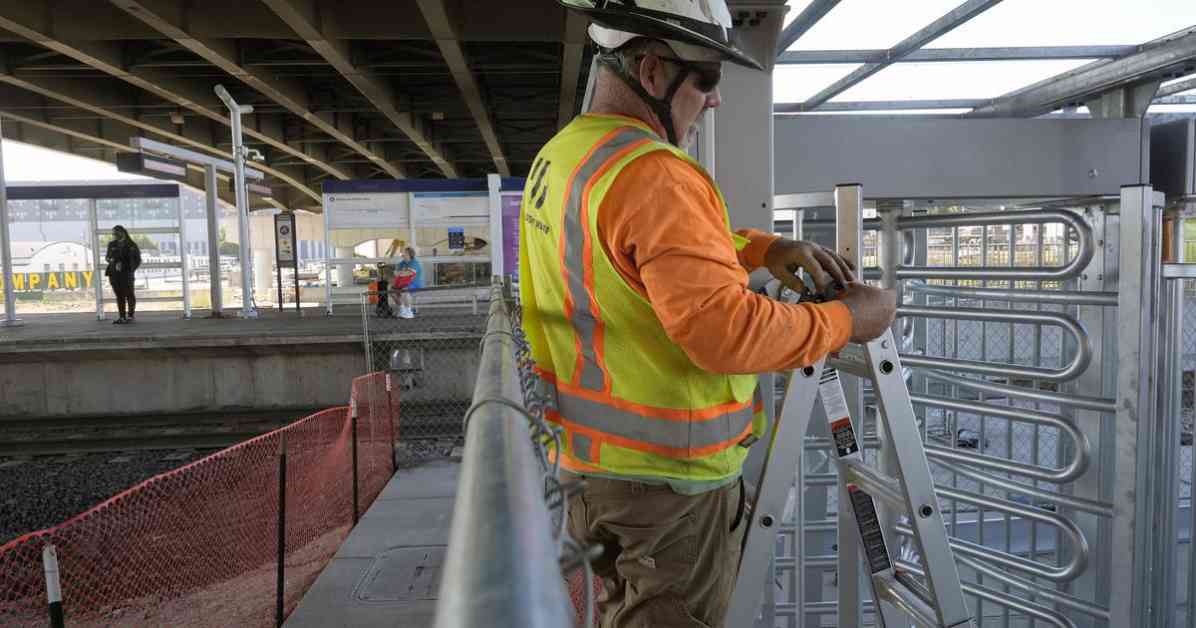Public Transit Safety Measures Intensify in Response to Rising Crime Rates
Recently, public transit systems across the United States have been implementing stricter safety measures to address the increase in crime rates in transportation hubs. In light of incidents like the shooting at the MetroLink station in East St. Louis, Illinois, authorities are cracking down on fare evasion to improve overall safety for passengers.
In response to the perception that transit crime is on the rise, many transit systems are ramping up enforcement efforts, particularly targeting individuals who attempt to ride without paying. One significant change is the installation of security gates at various stations to prevent unauthorized entry and ensure that passengers have valid fare cards.
While some argue that not every fare evader is a criminal, authorities point out that virtually all criminals have evaded the fare at some point. By increasing security measures, transit agencies aim to deter criminal activity on public transportation and enhance passenger safety.
Statistics from the Federal Transit Administration show that assaults and homicides on public transit have doubled between 2011 and 2023. In response to this alarming trend, transit agencies like the St. Louis MetroLink have reported a decrease in crime following the implementation of stricter security measures.
In addition to fare gates, some transit systems are exploring other behavioral elements to improve security. Rather than relying solely on physical barriers, authorities are considering alternative strategies to enhance safety and prevent criminal incidents on public transit.
While fare evasion remains a prevalent issue in major cities like New York and Washington, D.C., efforts to combat this problem have intensified in recent years. By implementing measures like taller fare gates and increased patrols, transit agencies are working to reduce fare evasion and enhance security for all passengers.
Despite the financial implications of installing security gates and enforcing fare payment, many transit systems prioritize safety and fairness in their decision-making process. By investing in security upgrades, authorities aim to create a more secure and reliable public transportation system for passengers.
As public transit agencies continue to adapt to evolving safety challenges, the focus remains on ensuring the well-being of passengers and employees. By addressing fare evasion and other security concerns, authorities strive to create a safer and more efficient transportation experience for all riders.









